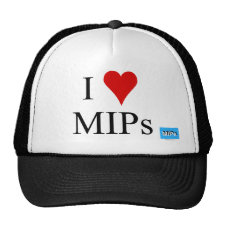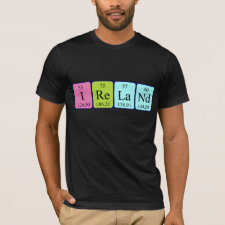
Authors: Takeuchi T, Kitayama Y, Sasao R, Yamada T, Toh K, Matsumoto Y, Kataoka K
Article Title: Molecularly Imprinted Nanogels Acquire Stealth In Situ by Cloaking Themselves with Native Dysopsonic Proteins.
Publication date: 2017
Journal: Angewandte Chemie International Edition
Volume: 56
Issue: (25)
Page numbers: 7088-7092.
DOI: 10.1002/anie.201700647
Abstract: Protein corona formation was regulated on the surface in vivo by molecular imprinting to enable polymeric nanogels to acquire stealth upon intravenous administration. Albumin, the most abundant protein in blood, was selected as a distinct protein component of protein corona for preparing molecularly imprinted nanogels (MIP-NGs) to form an albumin-rich protein corona. Intravital fluorescence resonance energy transfer imaging of rhodamine-labeled albumin and fluorescein-conjugated MIP-NGs showed that albumin was captured by MIP-NGs immediately after injection, forming an albumin-rich protein corona. MIP-NGs circulated in the blood longer than those of non-albumin-imprinted nanogels, with almost no retention in liver tissue. MIP-NGs also passively accumulated in tumor tissue. These data suggest that this strategy, based on regulation of the protein corona in vivo, may significantly influence the development of drug nanocarriers for cancer therapy
Template and target information: protein, albumin
Author keywords: drug delivery, molecular imprinting, molecular recognition, polymer nanogels, protein coronas



Join the Society for Molecular Imprinting

New items RSS feed
Sign-up for e-mail updates:
Choose between receiving an occasional newsletter or more frequent e-mail alerts.
Click here to go to the sign-up page.
Is your name elemental or peptidic? Enter your name and find out by clicking either of the buttons below!
Other products you may like:
 MIPdatabase
MIPdatabase









